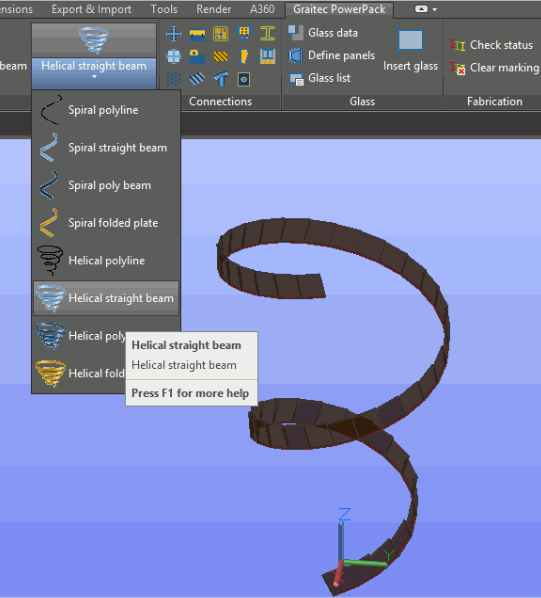
The tank entered operational service with the British Army in 1998 and has since been used in Bosnia and Herzegovina, Kosovo and Iraq. In June 1991, the UK ordered 140 vehicles, followed by a further 268 in 1994 these were delivered between 19. The Challenger 2 eventually completely replaced the Challenger 1 in British service. Powered by a Perkins CV12-6A V12 diesel engine, the tank has a range of 550 kilometres (340 mi) and maximum road speed of 59 kilometres per hour (37 mph). The turret and hull are protected with second generation Chobham armour, also known as Dorchester. Fifty rounds of ammunition are carried for the main armament, alongside 4,200 rounds of 7.62 mm ammunition for the tank's secondary weapons: a L94A1 EX-34 chain gun mounted coaxially, and a 元7A2 (GPMG) machine gun.

The main armament is a 元0A1 120-millimetre (4.7 in) rifled tank gun, an improved derivative of the L11 gun used on the Chieftain and Challenger 1. Despite outward similarities to the Challenger 1, design and technological developments mean that only about 3% of components are interchangeable with the earlier vehicle.


The Ministry of Defence ordered a prototype in December 1988. It was designed by Vickers Defence Systems (now BAE Systems Land & Armaments) as a private venture in 1986, and was an extensive redesign of the company's earlier Challenger 1 tank. The FV4034 Challenger 2 (MoD designation "CR2") is a third generation British main battle tank (MBT) in service with the armies of the United Kingdom and Oman.


 0 kommentar(er)
0 kommentar(er)
